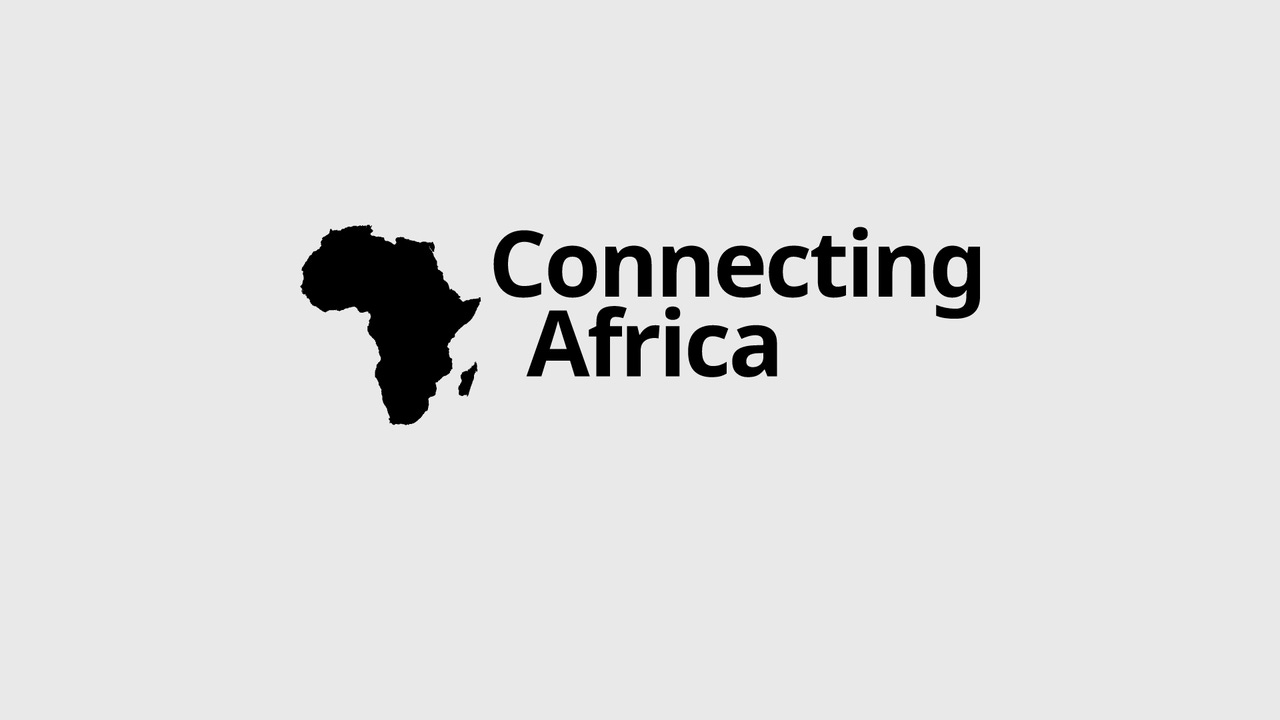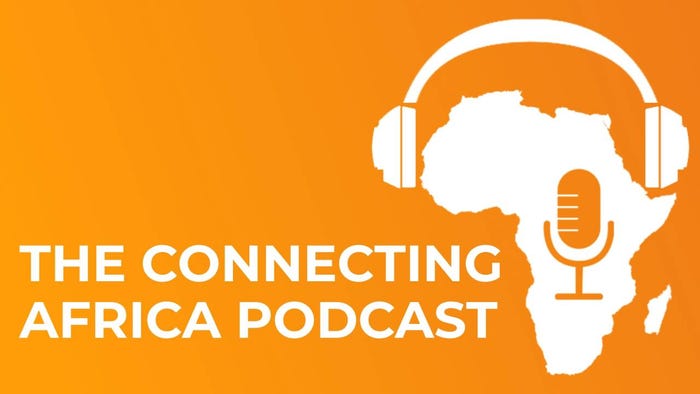The clever way to deploy small cells
July 6, 2016


By Flavio Buratto - Managing Director, Bwtech
It's common knowledge that mobile data usage will continue to grow exponentially for the next few years. The ever-increasing number of advanced smartphones on the market seem to be unstoppable in their appetite for data. More apps made for high-speed data are being released at each and every moment. In days to come, 1GB per user per day will be the reality according to Nokia Vision. The traffic demand is about to hit the capacity wall very soon. Data Armageddon is coming…
"Subscribers suffer congestion in multiple urban areas"
Operators try to solve congestion issues in multiple ways. They deploy new macro layers, they buy new spectrum and implement carrier aggregation, they also take advantage of new features that increase spectral efficiency. Still, subscribers suffer congestion in multiple urban areas.
Recent developments in base station products resulted in small, compact and relatively cheap devices that are also easy and fast to implement, thanks to embedded Self-Organizing Network (SON) features supporting automatic configuration. These developments opened yet another way to relieve congestion in traffic hot spots named Small Cells.
"Operators could be tempted to place a small cell on every street corner, such an approach wouldn't be efficient from either an economic or technical standpoint"
Small cells rollout varies greatly from the old manner of deployment using Macrocells. Although operators could be tempted to place a small cell on every street corner, such an approach would not be efficient from either an economic or technical standpoint. Small cells in suboptimal locations would not only collect less traffic, but also would distort and interfere other cells. On the other hand, small cells placed close to the traffic demand would be capable of offloading much of the macrocell traffic. Indeed, small cell deployment requires a completely new approach and new tools.

Small cell planning
The first step in small cell planning would be to identify the traffic hot spots. Although local knowledge from members of technical and marketing staff would help to indicate the most obvious candidates, such an approach could be insufficient in large scale, rapid rollouts. Automated geolocation solutions based on real usage data are needed instead. Such solutions take into account millions of Radio Resource Control (RRC) measurement reports coming from all mobile devices in the network and are capable of creating precise traffic heat maps, separately for voice, data and signaling.
"Accurate maps presenting radio performance issues and interference levels can help to identify possible locations for small cells"
The second step would be to locate places with multiple radio performance issues like call setup failures or dropped connections. Such issues are often related to high interference levels and negatively affect customer experience. Accurate maps presenting radio performance issues and interference levels would also help to identify possible locations for small cells.
"The right geolocation tool would be able to create heat maps filtered by device types"
Capacity hotspots may have different traffic profiles. They may be placed in areas with massive signaling, high voice traffic, or a lot of generated data. They may be locations heavily populated with the latest smartphones and areas where data traffic is generated by data modems. The right geolocation tool would be able to create heat maps filtered by device types. Having such knowledge to hand, we are able to decide if small LTE cell is the best option, or maybe Wi-Fi offload would be more suitable.
The proper geolocation tool will not only help to place small cells in exactly the right location but also will save a lot of planning time.
NetGeo
Bwtech NetGeo is a vendor independent tool based on call traces. It implements a proprietary advanced geolocation algorithm by utilizing the detailed real-world data gained from the hundreds of thousands of subscriber UE’s connected to and moving through a mobile network. This new geographical information adds subscriber experience analytics into the network optimization process.
Voice, data and signaling density maps are helpful for identification of hotspots, planning new site locations and indoor solutions, planning Wi-Fi offload or small cells rollout. Smartphone-type distribution maps may help to take better decisions when network capacity is optimized.
About Bwtech:
 Bwtech helps its customers to experience the best and most innovative wireless technologies. Their portfolio includes solutions for network planning, RAN and CORE optimization, geolocation, SON, LBS and customer experience analytics. They currently support more than 20 operators in Latin America and Europe. For enquiries please email Bwtech at [email protected].
Bwtech helps its customers to experience the best and most innovative wireless technologies. Their portfolio includes solutions for network planning, RAN and CORE optimization, geolocation, SON, LBS and customer experience analytics. They currently support more than 20 operators in Latin America and Europe. For enquiries please email Bwtech at [email protected].
Bwtech will be exhibiting on stand B5 at AfricaCom 2016, 15 - 17 November.
Engage with Com Series here:
AfricaCom
Youtube
Twitter
Facebook
LinkedIn
Instagram

.jpg?width=700&auto=webp&quality=80&disable=upscale)
_(1).jpg?width=700&auto=webp&quality=80&disable=upscale)
_(1).jpg?width=700&auto=webp&quality=80&disable=upscale)
.jpg?width=700&auto=webp&quality=80&disable=upscale)

.jpg?width=700&auto=webp&quality=80&disable=upscale)

